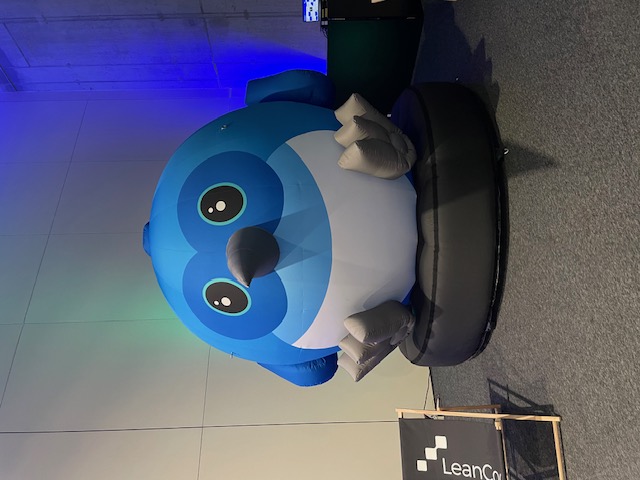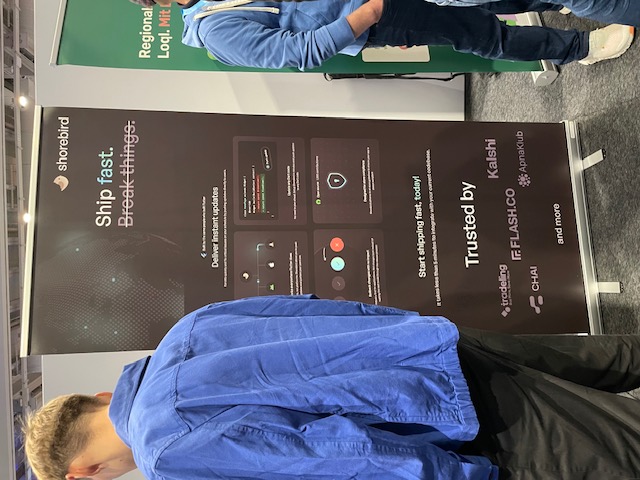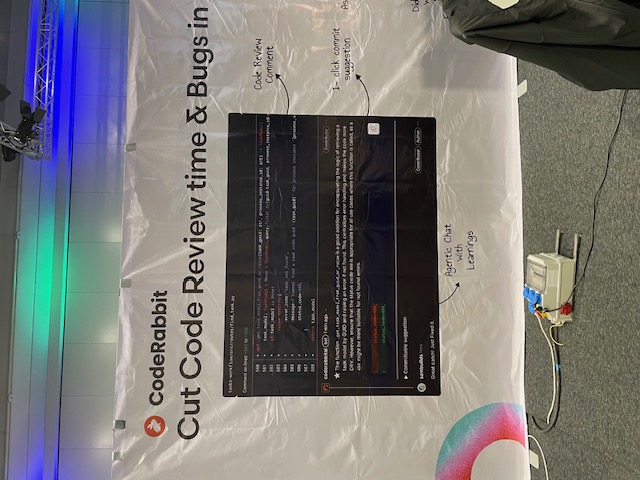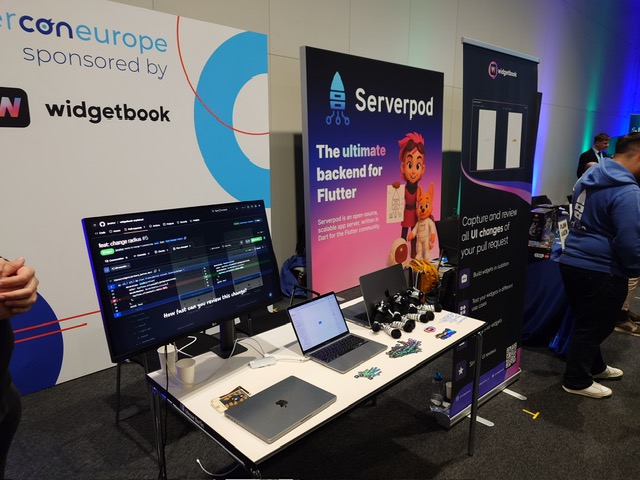Fluttercon Highlights: 5 Tools Flutter Developers Must Try
Fluttercon reaffirmed my belief that Flutter is truly paving the way for the future of multi-platform development.
When I attended Fluttercon Berlin this September, I was blown away by the sheer number of possibilities Flutter offers and the amazing tools showcased by the community.
Fluttercon is not just a place to network and attend incredible talks, it's also a treasure trove of exciting tools and innovations that can supercharge your Flutter development journey.
As I was going around, I made a list of things I found really cool, and came up with five standout Flutter tools that I think deserve your attention:
1. Spot toolkit – Flutter Testing
Testing Flutter apps just got a whole lot more visual and intuitive with Spot Toolkit.
If you’ve ever tested web components using tools like Mocha, you might be familiar with the frustration of not having a real-time visual representation of your tests in Flutter. Sure, goldens exist, but they don’t quite hit the mark.
What makes Spot unique?
- Visual Debugging with Screenshots: Spot takes automatic screenshots as it runs your tests, letting you see exactly how your widgets look during the process. This is a game-changer for catching UI bugs or visual quirks that might otherwise go unnoticed – or at least be more difficult to spot in comparison with web testing.
- Timeline Playback: When a test fails, Spot provides a detailed timeline of events, showing you step-by-step what happened and why. This timeline is presented as an HTML report, making debugging faster and more efficient.
For anyone coming from web technologies or simply looking for a better way to test Flutter widgets, Spot is a must try. You can explore it further here.

2. Shorebird – Instant App Updates Without the Hassle
Imagine being able to update your app instantly without having to re-upload it to the app store and wait for approvals. That’s exactly what Shorebird offers. I discovered this during Eric Seidel’s keynote, and I think it's a game-changer for Flutter app developers.
Why is Shorebird a big deal?
- Over-the-Air Updates: Push updates to your app instantly, bypassing the tedious app store approval process, all while staying compliant with App Store and Google Play policies.
- Rollback Capability: Accidentally push a buggy update? No problem! Shorebird lets you roll back changes, giving you full control over your releases.
For developers managing apps across platforms, I think this is a really innovative and unique tool to add to your toolkit. Check it out here.

3. Code Rabbit – AI Powered Code Reviews
I came across this booth by accident on the last day of Fluttercon, and I’m pleased I did. I had an amazing talk with the team, and they explained to me about how Code Rabbit works, and its use cases.
Why should you care about Code Rabbit?
- IDE Integration: Code Rabbit integrates directly into your IDE, allowing you to pre-check your code for errors and suggestions before committing it to GitHub.
- Jira Integration: It can even cross-reference your Jira tickets to ensure your code aligns with the requirements, basically mimicking peer-programming for staying on task.
- Enhanced Pull Requests: When used with GitHub, Code Rabbit generates summaries of your code to make pull requests easier to review.
This tool is perfect for improving your project’s code quality and speeding up review processes. Learn more about it here.

4. Serverpod – Backend for Flutter
I originally was drawn to this booth for their fun flappy bird-esque game, which brought out my competitive streak. When I learnt that this project was entirely built with Flutter – frontend and backend, I was pleasantly surprised. I didn’t know a backend with Dart and Flutter was possible!
What makes Serverpod special?
- Dart-Powered Backend: Build backend systems in Dart, keeping your entire codebase in one language for consistency.
- Out-of-the-Box Features: Serverpod comes with built-in support for authentication (Google, Apple, Firebase), scalability, and modularity.
- Simplified Database Management: It reduces the need to write SQL, keeping your tech stack minimal and consistent.
Whether you’re new to backend development or just want to keep your tech stack simple, Serverpod is an exciting option. Check it out here.

5. Jaspr – Web framework for Flutter
If you love Flutter’s widget-based architecture, Jaspr will feel like home. This was presented within a super interesting talk hosted by Kilian Schulte. It’s a web framework for building websites using Dart, with a strong focus on performance and SEO.
Why is Jaspr worth your attention?
- SEO-Friendly: Jaspr renders websites in HTML and CSS, making them faster and more search engine-friendly compared to traditional Flutter web apps.
- Embed Flutter Widgets: You can embed Flutter widgets directly into Jaspr websites, making it perfect for showcasing design systems or interactive Flutter components.
For Flutter developers looking to venture into web development, Jaspr offers an intuitive and powerful starting point. Learn more here.

Honorable Mention: Industrial Flutter
One of the most intriguing booths at Fluttercon showcased Industrial Flutter, where developers used Flutter to control hardware like Raspberry Pi devices. Watching Flutter run on hardware opened my eyes to its potential for IoT and beyond. It’s a reminder that Flutter’s capabilities extend far beyond traditional app development.
Why These Tools Matter
Each of these tools highlights the versatility and innovation happening in the Flutter ecosystem. Whether you’re looking to improve your testing process, manage app updates seamlessly, or explore new frameworks, these tools offer something for everyone.
If you’re a new Flutter developer, these tools can help you get started on the right foot. And for seasoned developers, they’re a chance to refine your workflow and push the boundaries of what Flutter can do. I hope this blog post provides some value to your development journey – as Fluttercon did for me!
